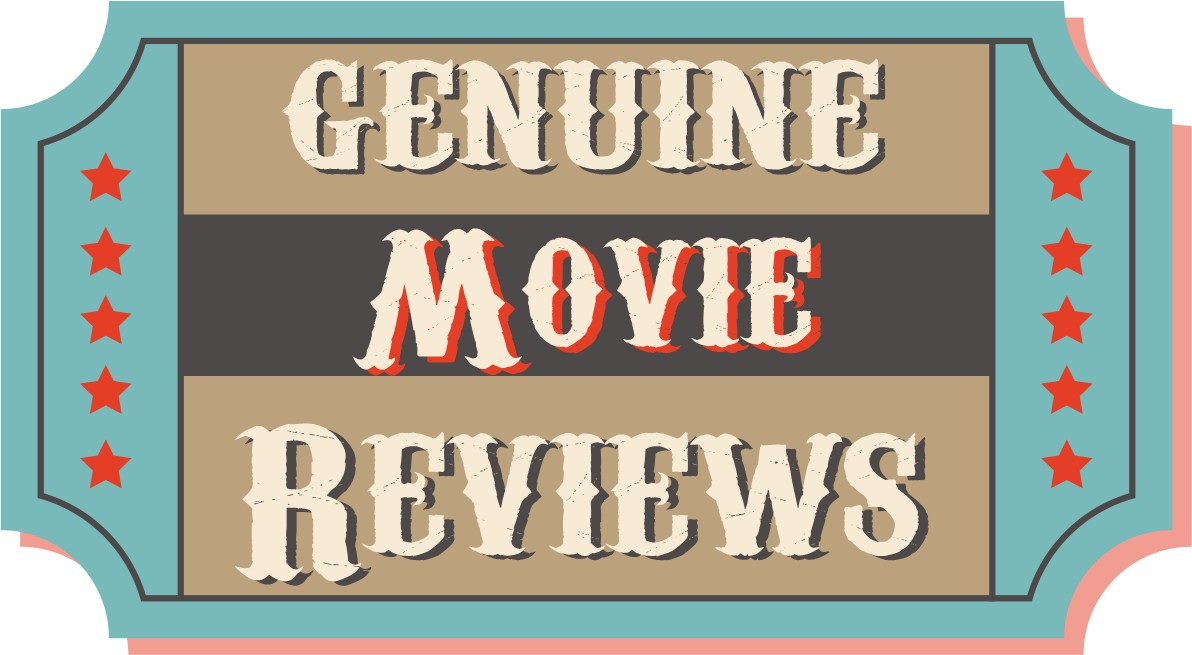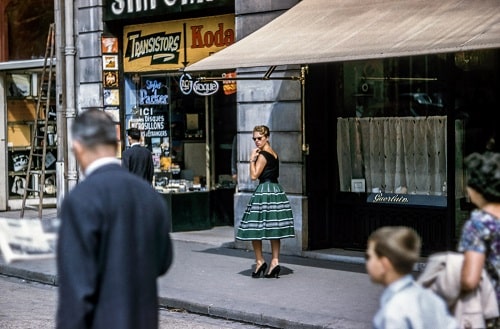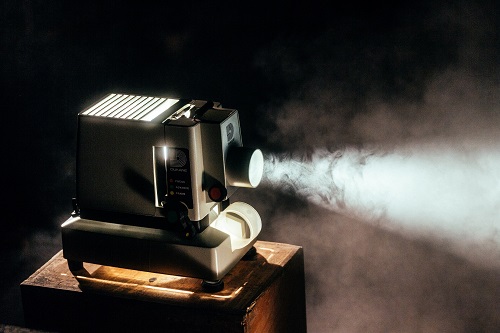Fifteen years after its release, “X-Men Origins: Wolverine” still stirs conversations among fans of the franchise and superhero film enthusiasts in general. This film marked Hugh Jackman’s fourth outing as the titular mutant, delving into the character’s complex past, his entry into the Weapon X program, and the emergence of his iconic adamantium claws. The story offers a mix of action, emotion, and the exploration of themes like identity and revenge, positioning itself as a cornerstone in the backstory of one of Marvel’s most beloved characters.
At the time of its release, the movie garnered a range of opinions, some praising Jackman’s performance and the character development, while others critiqued the film’s plot and consistency with the X-Men universe. As we look back, it’s important to assess “X-Men Origins: Wolverine” not only in the context of its era but also through the lens of the subsequent evolution of superhero cinema. The industry has seen a seismic shift in storytelling, special effects, and audience expectations since 2009, making this retrospective review a compelling dive into how the film has aged in the current landscape.
The movie’s journey from script to screen, including the choices in character portrayal, narrative arcs, and its place within the broader X-Men franchise, plays a key role in understanding its impact and legacy. Exploring the critical reception documented by Common Sense Media and the introspective analysis by Roger Ebert, among others, contributes to gaining a holistic view. Reflecting on “X-Men Origins: Wolverine” after a decade and a half provides an opportunity to dissect the elements that worked, those that didn’t, and the eternal question of what makes a superhero film resonate with audiences.
Contextualizing the X-Men Franchise
By the mid-2000s, the X-Men movies had already left a significant mark on cinema, influencing the trajectory of superhero films and setting the stage for future exploration of beloved characters.
The Rise of Superhero Films
Superhero films underwent a renaissance at the turn of the millennium, a period marked by technological advancements that allowed filmmakers to bring complex comic book stories to life. The X-Men film series, which debuted in 2000, played a pivotal role in demonstrating the potential of the genre. It showcased a combination of character-driven plots and groundbreaking special effects, with the first installment earning acclaim for its approach to issues like discrimination and identity. Audiences resonated with the depth and struggle of mutants, which echoed broader social themes.
- Box Office Success: The films were not just critical successes but also financial hits.
- Influential Casting: With actors like Hugh Jackman and Patrick Stewart, the films set a precedent for high-caliber talent in superhero roles.
Prequel & Spin-Off Trend
The success of the original trilogy spurred on a new trend: the exploration of individual characters through prequels and spin-offs. X-Men Origins: Wolverine traced the backstory of one of the franchise’s most enigmatic characters. The film intended to expand on Wolverine’s mysterious past, delving into his early life and the events leading up to his involvement with the X-Men. This was during a time when audiences were eager for more content from their favorite cinematic universes, a hunger that studios were all too happy to satiate.
- Character Focus: Wolverine’s popularity made him an excellent choice for a solo outing.
- Franchise Expansion: The use of spin-offs signaled an era of expanded world-building in superhero cinema.
Casting and Character Development
The casting choices and character arcs in “X-Men Origins: Wolverine” brought a dynamic range of personalities to the screen. Special attention was given to both the lead and supporting characters, ensuring that comic book fans and new viewers alike could connect with the cinematic portrayals.
Hugh Jackman as Wolverine
Hugh Jackman reprised his role as the iconic Wolverine, a character he had become synonymous with since the first X-Men film in 2000. Jackman’s dedication to the character was evident through his physical transformation and nuanced performance, showcasing Logan’s tormented past and feral nature. His commitment to the role set a high bar for authenticity and is often considered a definitive portrayal of the Wolverine character.
Supporting Roles and Performances
The film featured an ensemble cast including well-known actors and newcomers alike. Will.i.am made his first live-action appearance as John Wraith, and his casting was a nod to both his musical fame and burgeoning acting career. Lynn Collins as Kayla Silverfox and Danny Huston as William Stryker were among the other notable actors who brought depth to their roles. Each supporting character had a unique influence on Wolverine’s story, providing him with allies and adversaries that enriched the narrative.
Ryan Reynolds as Deadpool
Ryan Reynolds appeared as Wade Wilson, who would later become Deadpool. Although this rendition of the character diverged significantly from the comic books, Reynolds’ charisma shone through his performance. This film marked the actor’s first foray into the role before fully embracing the Deadpool persona in subsequent films, which more accurately captured the character’s essence and humor from the source material.
Plot and Storyline Analysis
Examining “X-Men Origins: Wolverine,” one finds a narrative woven with the threads of integral comic book elements, while also featuring unique cinematic liberties. The film, while retrospectively examined, reveals a complex interplay of storytelling adapted for the big screen.
Narrative Structure
“X-Men Origins: Wolverine” is structured to provide the backstory of the central character, Logan, also known as Wolverine. The film follows a chronological outline with flashbacks that offer insights into Wolverine’s past. The inciting event occurs as Logan leaves Stryker’s special team, setting off a chain of events that unravels his history. Key plot points highlight the transformation of Logan through the adamantium infusion and the consequential attempts to strip him of his memory. Throughout, Logan’s encounters underscore the personal stakes involved, as he navigates both physical and emotional challenges, eventually coming into the persona audiences recognize. An analysis of the narrative uncovers a three-act structure typical of superhero origin stories:
- Act One: Establishing Logan’s life before the transformation
- Act Two: Transformation and confrontation with his past
- Act Three: Resolution and setting the stage for his future
Comparison with X-Men Comics
The film’s plotline draws inspiration from the rich X-Men comic book lore, yet it also deviates to suit the cinematic narrative. “X-Men Origins: Wolverine” grasps the essence of Wolverine’s comic book origins, incorporating key elements such as his relationship with Victor Creed (Sabretooth), the Weapon X program, and the turbulent journey towards becoming the character that fans adore.
| Element | Comics | Movie |
|---|---|---|
| Logan’s Origin | Explored in the Weapon X story arc | Central to the plot |
| Weapon X | A secret government experiment | Shown as Stryker’s project |
| Sabretooth | Wolverine’s archenemy | Presented as Wolverine’s half-brother |
However, the film takes creative licenses, particularly in the characterization and backstories of certain mutants, such as Deadpool and Gambit, which diverge from their comic counterparts. These alterations were made to create a self-contained story but met with mixed reactions from die-hard comic fans.
Cinematography and Special Effects
The visual appeal of “X-Men Origins: Wolverine” is built on its distinctive visual style and the visceral impact of its action sequences. The film uses these elements to bring the comic book world to life on the big screen.
Visual Style
The cinematography in “X-Men Origins: Wolverine” exhibits a color palette that mirrors Wolverine’s brooding persona. Scenes are often bathed in earthy hues, with instances of stark contrasts that emphasize moments of tension and spectacle. The camera work is deliberate, choosing angles that heighten the isolation and wild nature of the titular character.
Specifically, the opening credits sequence is a visual storytelling feat, using slow-motion and sepia tones to chronicle Wolverine’s history through various wars. It sets a gritty tone that carries through the rest of the film.
Action Sequences Impact
The action sequences in “X-Men Origins: Wolverine” leverage both practical and computer-generated effects to underscore the ferocity of the combat. Choreography is tightly designed to showcase Wolverine’s animalistic rage and skill in battle. Additionally, the utilization of CGI aims to enhance the characters’ mutant abilities and create spectacle that feels larger than life.
One distinct sequence is the helicopter battle, where the blend of practical explosions and CGI creates an adrenalized experience. It demonstrates an ambitious attempt to balance realism with the hyperbolic energy of superhero conflicts.
Critical Reception and Legacy
X-Men Origins: Wolverine has experienced a dynamic journey in public perception since its release, manifesting a divisive dialogue among fans and critics alike and fostering a unique legacy within the superhero film genre.
Initial Reviews and Box Office
The release of X-Men Origins: Wolverine was met with mixed critical reactions, yet it managed to garner a significant box office haul. According to Metacritic, the film received a score of 74 out of 100, indicating generally favorable reviews from certain critics who described the film as “a brilliant kind of ridiculous nonsense.” In contrast, others were less enthused, expressing disappointment with the film’s narrative and execution. Despite the polarized reviews, Wolverine slashed through box office expectations, revealing the strong drawing power of the titular character and the X-Men franchise at large.
Fan Criticism
Fans of the X-Men comics and previous films had high expectations for Wolverine’s backstory but many voiced dissatisfaction, specifically with the portrayal of other mutant characters. Particular ire was drawn towards the treatment of Deadpool, a fan-favorite character, whose initial cinematic appearance diverged significantly from his comic book persona, reducing the complexity and humor typically associated with him.
Retrospective Evaluations
As time has passed, some have revisited the film, looking for redemptive qualities or to understand its standing in the context of superhero cinema history. While there are articles that discuss reasons why X-Men Origins: Wolverine might be better than its reputation suggests, it is evident that the film’s standing has not significantly improved in the eyes of many viewers who continue to consider it one of the weaker entries in the X-Men movie series.
Deadpool & Wolverine 2024 Film
The character of Deadpool experienced a cinematic rebirth which separated him from his depiction in X-Men Origins: Wolverine, leading to a successful standalone franchise that embraces the character’s trademark wit and irreverence. This transformation and the subsequent success of Deadpool’s solo outings seem to have influenced the way Wolverine is treated in film. The release of a new film in 2024 featuring both characters speaks to the enduring nature of these icons and suggests a continued evolution from their origins.



 RELATED POSTS
RELATED POSTS





0 Comments